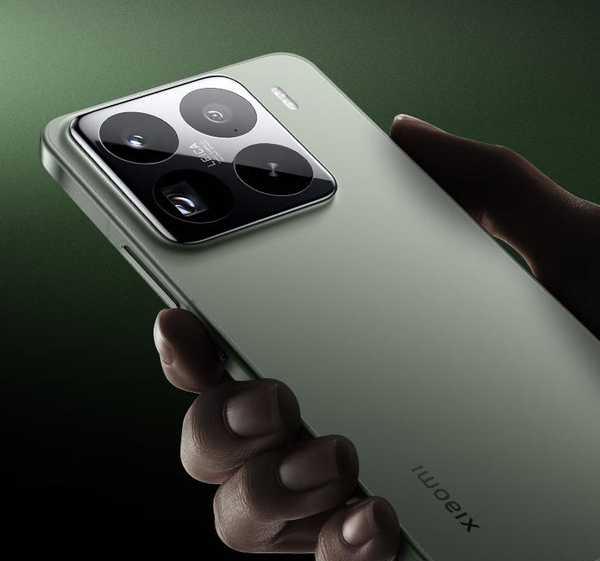Xiaomi's First Self-Developed Mobile SoC
Xiaomi’s upcoming 15S Pro smartphone, featuring their first self-developed mobile processor XRing, is expected to launch in April. The chip reportedly adopts ARM CPU and Mail GPU architecture, with self-developed ISP capabilities.

The announcement of Xiaomi’s first self-developed mobile processor has generated significant interest in the technology industry. This development marks a crucial milestone for Xiaomi, a leading Chinese smartphone manufacturer, in their journey toward technological independence.
The processor, known as XRing, adopts a relatively conservative but reliable approach to chip design. It incorporates ARM CPU cores and Mail GPU, combined with Xiaomi’s self-developed ISP (Image Signal Processor). The chip will reportedly be manufactured using a 3nm process technology, positioning it as a high-end mobile processor.
According to industry sources, the performance of XRing is expected to be comparable to Qualcomm’s Snapdragon 8 Gen 2, though it may not quite match the latest Snapdragon 8 Gen 3. The processor will debut in the Xiaomi 15S Pro smartphone, scheduled for release in April.
The chip’s architecture includes significant technological achievements:
- Advanced 3nm manufacturing process
- ARM-based CPU design
- Mail GPU for graphics processing
- Self-developed ISP for image processing
- MediaTek’s baseband solution for connectivity
This development carries strategic significance beyond mere technical specifications. For Xiaomi, developing their own mobile processor represents a crucial step toward reducing dependency on foreign chip suppliers and establishing themselves as a technology innovator rather than just a hardware assembler.
However, challenges remain. The success of this processor will largely depend on its real-world performance, power efficiency, and software optimization. Xiaomi must ensure their first self-developed chip delivers a user experience that matches or exceeds their current flagship devices powered by Qualcomm processors.
The development of XRing also reflects broader industry trends, particularly as global semiconductor supply chains face increasing uncertainties. By investing in chip development, Xiaomi follows in the footsteps of companies like Apple and Huawei, who have successfully developed their own mobile processors.
The competitive landscape and market response will ultimately determine the success of Xiaomi’s chip strategy. While their first processor may not outperform the latest flagship chips from established players, it represents a significant achievement and lays the foundation for future development in semiconductor technology.